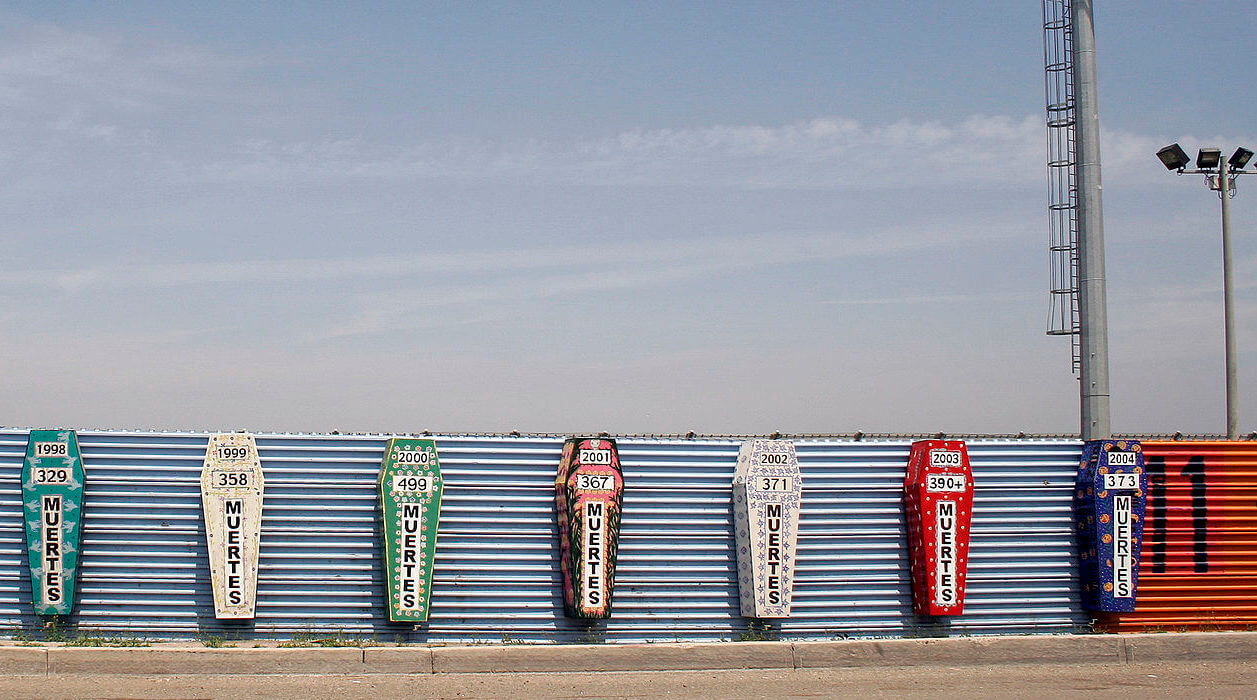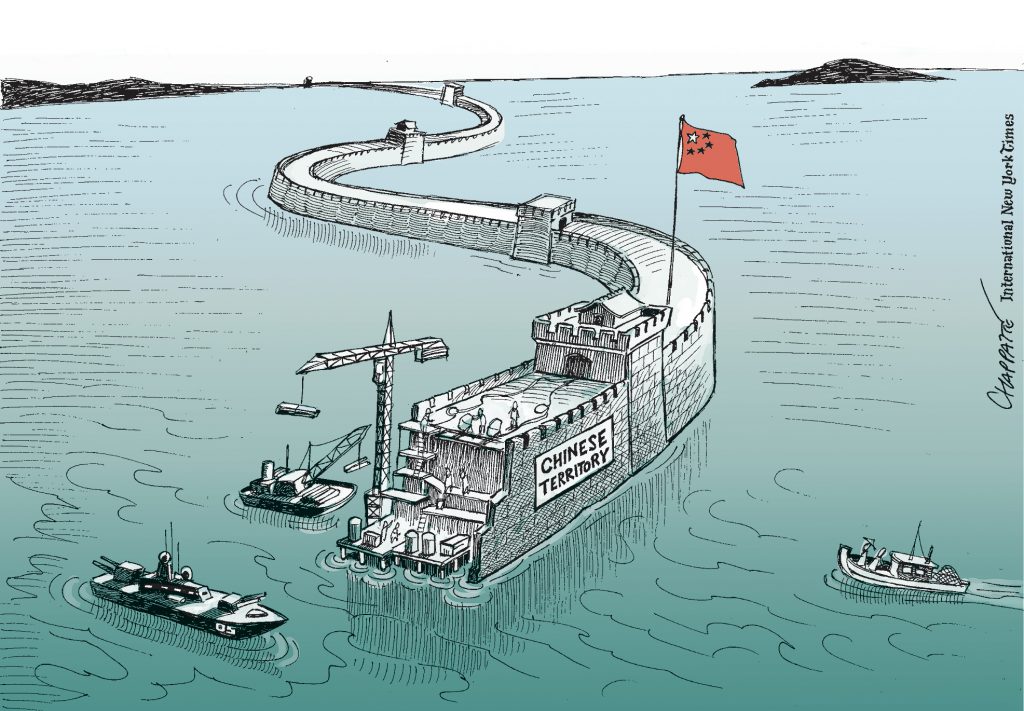The “Great Wall” of America: Historical Opportunities
Fact Sheet: The US-Mexican Border Fence: Major Milestones and Motivations
US Immigration and Naturalisation Service commissions the International Boundary and Water Commission to build 1.5 kilometre of chain-link fencing in strategic areas at Calexico and San Ysidro, in California, and Nogales, in Arizona, compelling illegal migrants to seek crossings in more difficult (desert) terrains.
US Border Patrol installs sensors and stronger fencing in San Diego, California, and El Paso, Texas. Operations Hold-the-Line in Texas, Gatekeeper in San Diego and Safeguard in Arizona increase the number of surveillance activities. The combination of the fence and the patrolling activities aims at deterring crossers from entering the United States via unregulated pathways.
The US Department of Homeland Security waivers all legal requirements for expeditious construction of barriers along the border, facilitating the trebling of fences in densely populated urban areas in the American Southwest. In the fall of 2006, the 109th Congress authorises the construction of 700 miles of fencing in rural areas in California and Arizona, with the aim of linking existing urban fences with rural barriers.
President Trump proposes the construction of a large, fortified wall along the US-Mexico border during the 2016 presidential campaign. On 25 January 2017, he signs the Executive Order “Border Security and Immigration Enforcement Improvements” to begin the extension of the border wall. The March 2017 US budget blueprint includes USD 2.6 billion high-priority border security technology and tactical infrastructure. On 3 June 2018, the construction of the San Diego, California, section of the border wall begins, with the aim of rendering the border impermeable.
1,120 km between California and Texas – around a third of the total border length of 3,141 km.
USD 10 to 20 billion.



